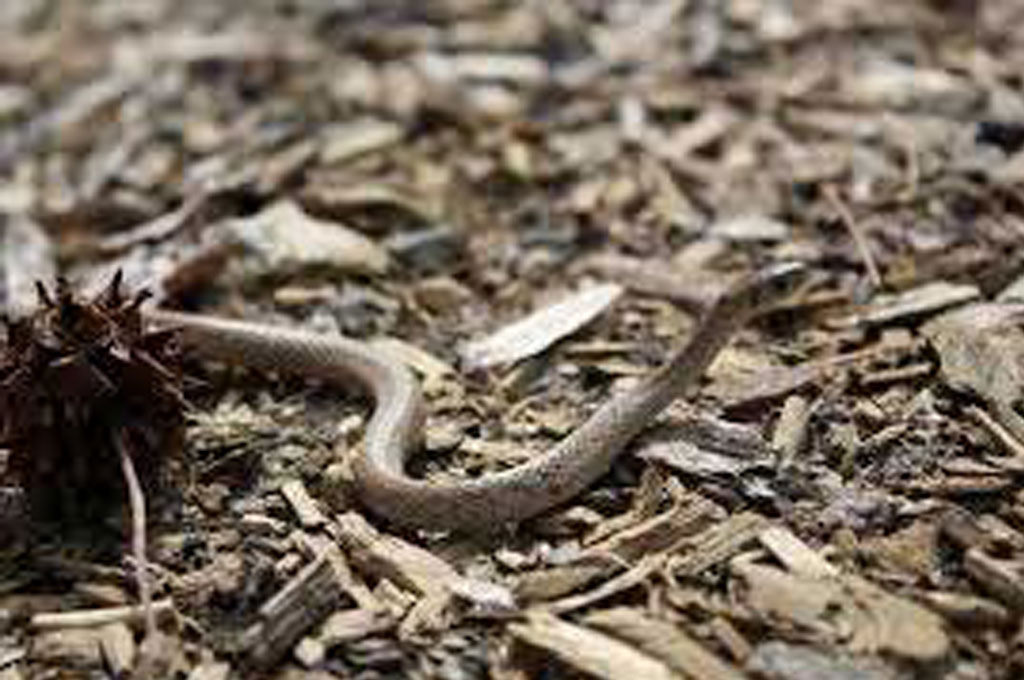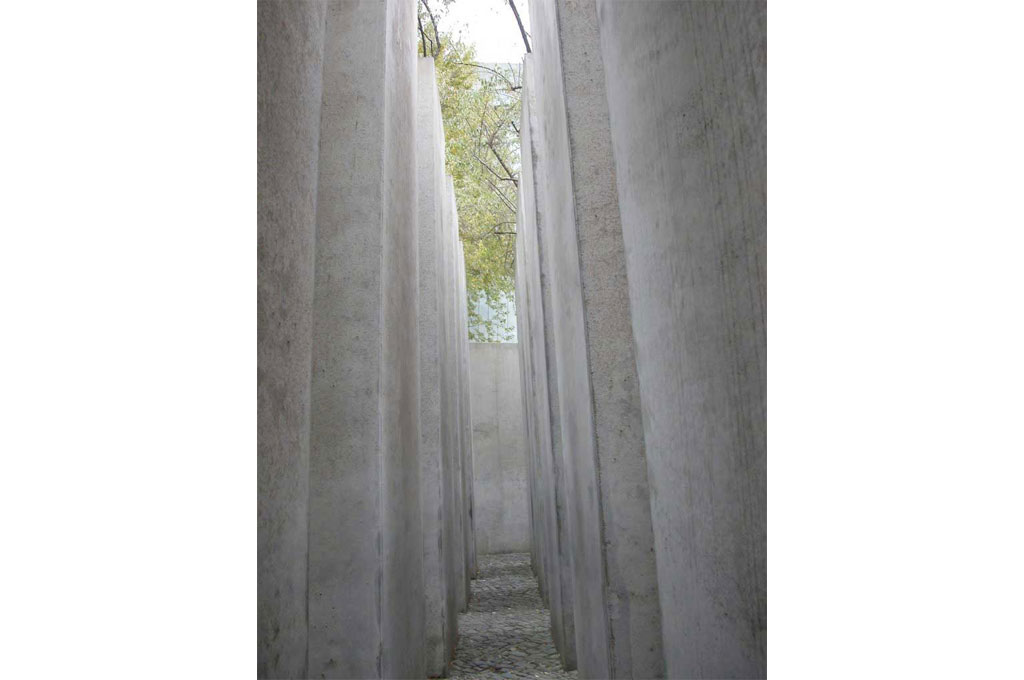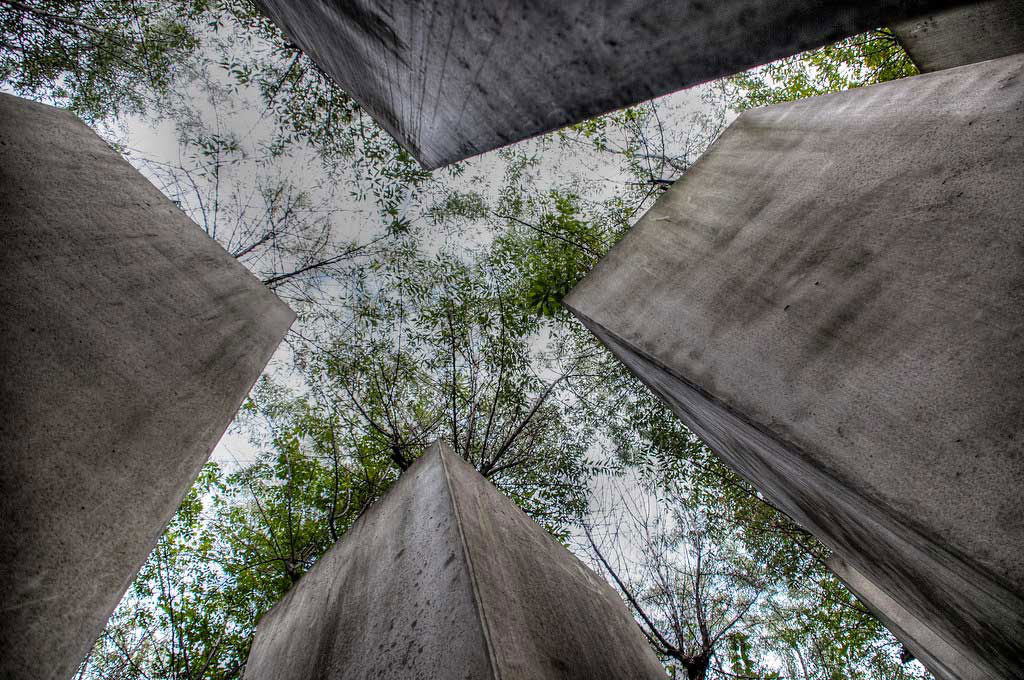THE EMBODIED IMAGE
Samuel Grunho Pereira
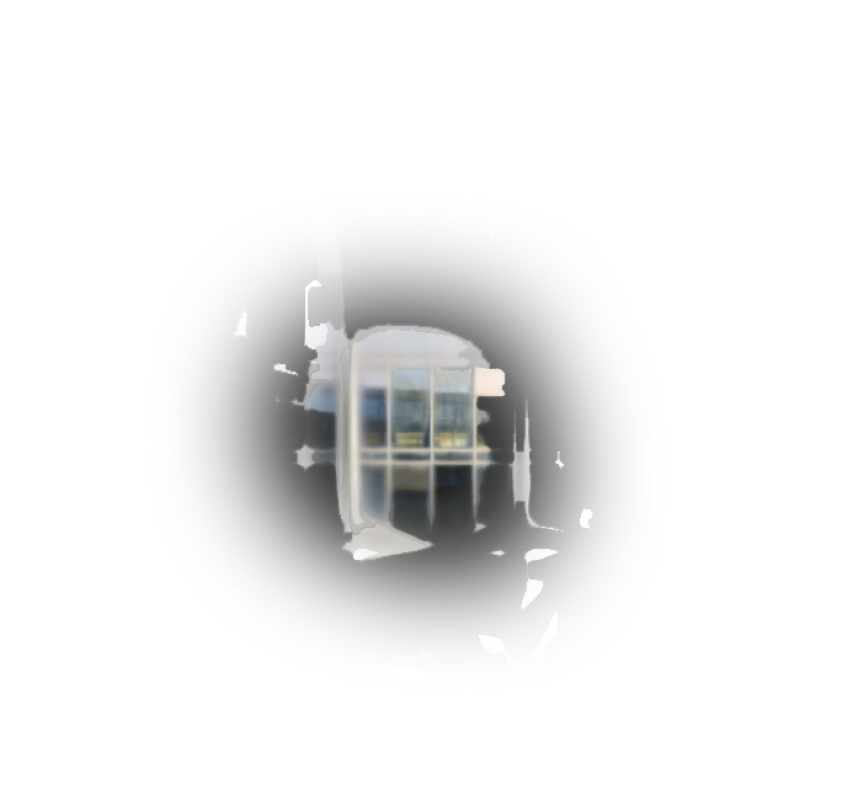
To be conscious of our environment, we need two conditions. Movement and memory. The eyes just focus on a very tiny part of our visual spectrum. We constantly move our eyes everywhere to scan the environment and the short and long term memory keep the information. Without one or the other, it would be impossible to have a comprehension of what surrounds us. Without long term memory, the vision could maybe look this way (Picture on the left).
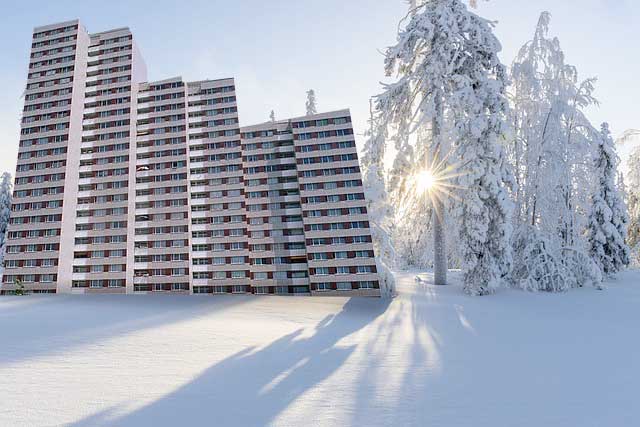
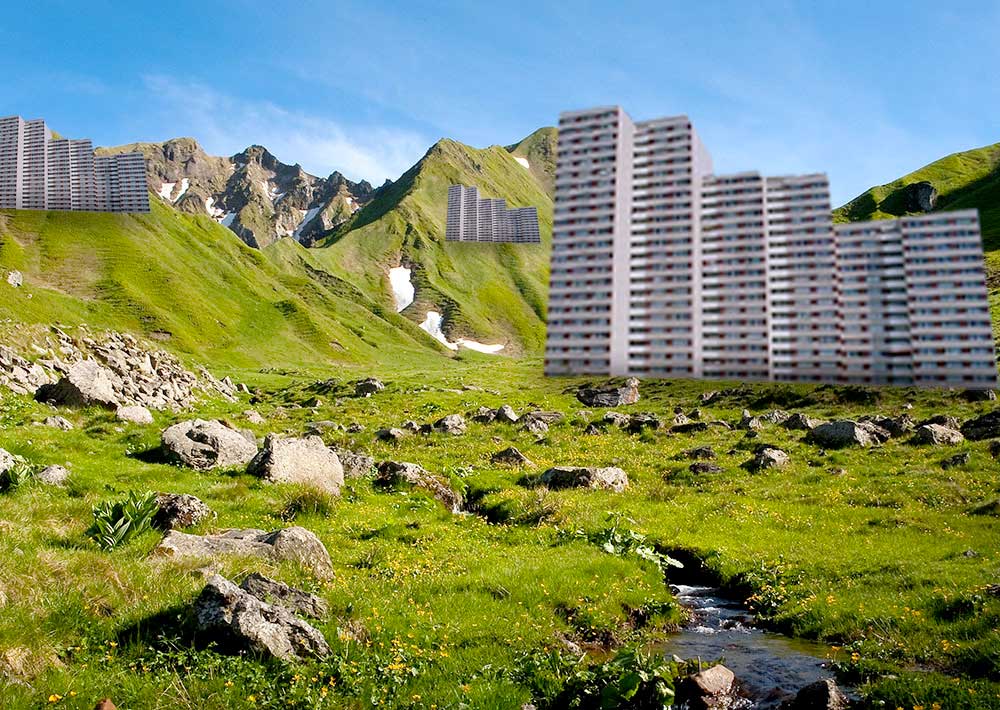
Non-contextualized Image
Buildings speak to us. They stimulate all the senses. A “good architecture” is not a mere visual object but a full embodied experience. Today’s moderns architecture tends to be more just a visual aspect. Block of buildings following each other with the same simple aspect. These buildings that we encounter everywhere lose their capacity of stimulating other sensories. They are an object disconnected from the surrounding. They could be placed everywhere, in contrary with typical architecture that changes following in which environment there are located. No more connection with surrounding that bring less stimulation to creativity and memory.
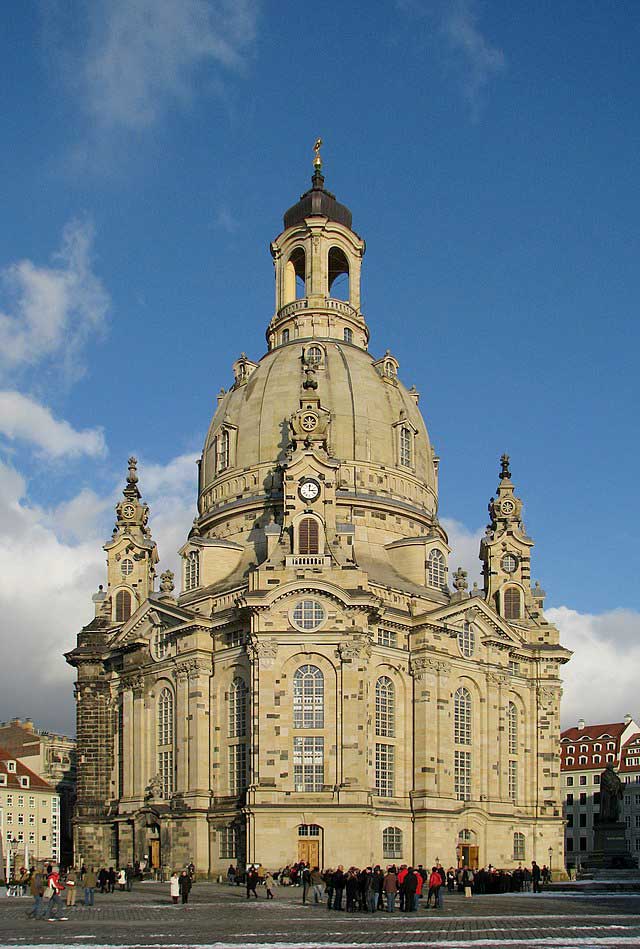
Fully Sensory Image
A building isn’t just an image, a mere visual experience. It’s a full sensory experiment. When seeing a building, all the senses communicates together. They transmit information that together, thanks also to memory and imagination, gives us a complex understanding of the building.
When seeing, for example, the Frauenkirche, it isn’t just a church that I see. It’s the sound from the organ inside and chants, it’s the materiality of the stones that I touch, and it’s the sense that I smell inside.
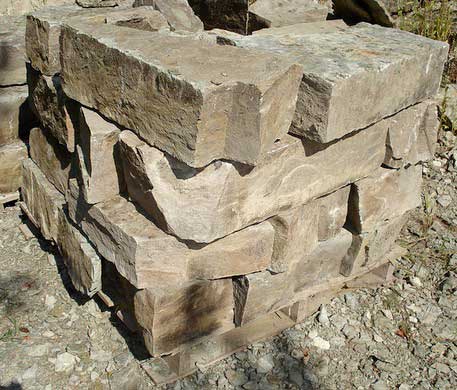

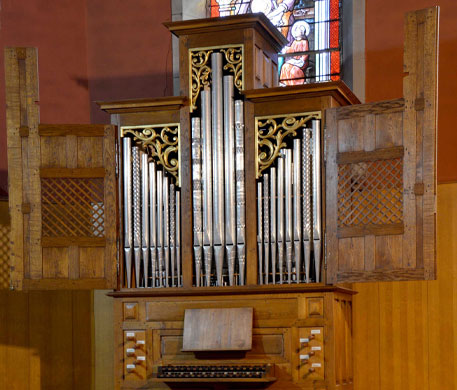
Survival Memory Image
Our brains have evolved from millions of years. Through natural selection the brains have kept some response to stimuli that used to helped our lives, but that
nowadays are not so much used but still useful.
These responses can create a reaction in social life that looks funny. Walking on the forest, sometimes we can be very surprised when we see a piece of wood that looks like a dangerous animal.
In the garden of exile in the Jewish museum of Berlin, the architect, Daniel Liebeskind, plays with our primary survival instinct to create in us feelings of discomfort and awareness in this space that can feel hostile or dangerous.
